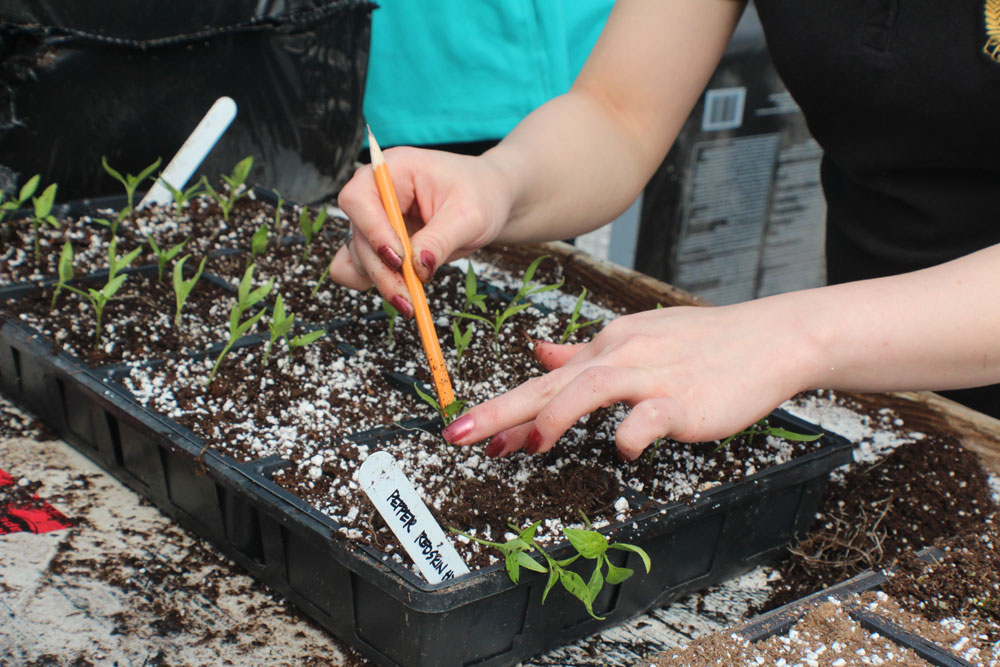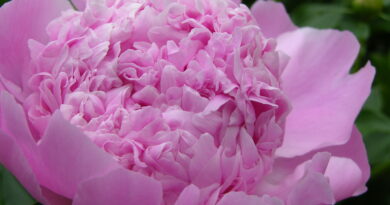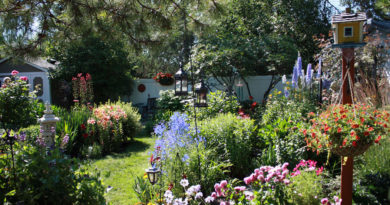How Early to Start Planting?
How Early is too Early?
It is officially Spring! There is a special feeling of excited anticipation as the mush of an exhausted winter gives way once more to life and green. Spring’s arrival is the gardener’s New Year’s Day. A blank slate is laid out. All the resolutions made in the frigid months before can (maybe) come to fruition. We are ready to disturb the earth once again with trowel, a packet of seeds and hope. Those of us with a year or more of gardening under our belts may, for starters, be looking forward to some daffodils, tulips and perhaps a crocus or two to signal spring.
Starting Early
I hope to start early. But how early can you start to work in the garden? What should I be doing in March, when the last frost date is still a couple of months away? Can I start? Should I start?
Much of the major planting have to wait until the last frost date. There is plenty to do indoors, though. Petunia seeds, for example, should be started indoors in mid to late March, and a handful of select plants can in a few weeks be started outside.
Starting seeds indoors
This is definitely a sign of serious gardening. Every novice should give it a shot, if only to say they have. It is really not too hard. Simply follow the seed packet schedule and begin with easy starters like sweet peas or marigolds. If you’re debating which seeds to try, give a seed package a shake. If the seeds are big, buy them: the bigger the seed, the more foolproof the germination process!
One thing I learned when I first tried this is to start the seeds in containers bigger than the frequently suggested egg carton. The seedlings are much too delicate to transplant when they start to get too big for the container. It’s better to plant seeds in a pot that can carry them straight through to garden planting. The less jostling of tender roots the better.
Vegetable garden
If you want to start a vegetable garden this spring, the very first seeds you can plant indoors are peppers in mid to late March and eggplant in late March. For flower annuals, you can follow up the petunias a week or 10 days later by planting impatiens and viola seeds. About six to eight weeks before the last frost date, popularly set at May 24, a lot more flowers and vegetable seeds can be started indoors.
You can begin to prepare your garden beds for planting as soon as the daytime temperature rises above zero and the soil is not wet. Clear beds of winter debris and add compost or sheep or cow manure. Perennials heaved out of the ground by frost should be replanted immediately. Plant sweet peas as soon as the ground thaws. You can plant them as early as April, depending on the year. A bit of frost don’t bother them.
Grass grows rapidly in the early spring. If you don’t have permanent edging around your beds, repair the boundaries by digging a sharp trench between your bed and the lawn. This will help keep grass in check throughout the growing season.
Lawn clean up
Give the lawn a light raking as soon as the snow melts to remove snow mold, a scummy white residue on the grass that will kill it. But be careful, you don’t want to damage tender new shoots or roots. Once the ground has thawed and dried, get the lawn ready for growth by raking up thatched grass that might have compressed into mats. You can also apply a spring lawn fertilizer and lawn seed to get the lawn going.
You might not be able to do much planting yet. Once the frost is out of the ground, you can transplant existing shrubs. It’s best to do this before buds break.
If you are feeling a little impatient, you could put in plants such as pansies, snapdragons and violas before the frost danger has passed. Almost anywhere in this country “safe” planting begins on the May long weekend.
You can also begin to harden off any seedlings that you have been growing indoors. Slowly introduce them to the outside about a week before the last frost date.





